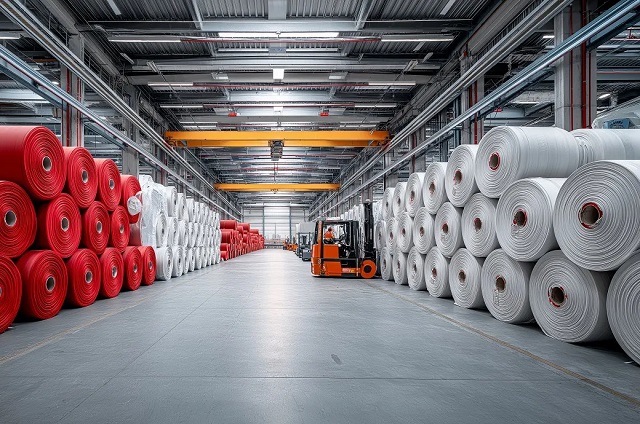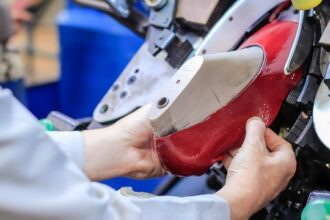China’s major industrial enterprises saw a 1.8% year-on-year (YoY) decline in profits during the first half of 2025, totaling 3.44 trillion yuan ($474 billion), according to the National Bureau of Statistics (NBS). While this marks a continued drag on the country’s industrial economy, data from June suggested a potential turnaround as the monthly decline in profits narrowed to 4.3%, an improvement of 4.8 percentage points compared to May’s contraction.
The manufacturing sector, a critical pillar of China’s economy, played a leading role in the nascent recovery. In June, the sector posted a 1.4% profit growth, signaling a shift in momentum. High-tech manufacturing and industries aligned with China’s industrial upgrade and green transition goals led the rebound. Within manufacturing, segments like electrical machinery, instrumentation, and metal products posted notable double-digit growth, reflecting improved output, operational efficiency, and growing domestic demand.
Experts attribute the mild rebound to a series of policy support measures, including easing of credit for industrial firms, local government incentives for high-end equipment production, and a modest recovery in global demand for electronics and machinery. However, analysts warn that structural challenges such as soft consumer confidence, sluggish private investment, and weak external orders continue to cast a shadow over long-term profitability.
In parallel, China’s logistics sector showed enhanced operational efficiency. According to the National Development and Reform Commission (NDRC), the ratio of social logistics cost to GDP—a key indicator of supply chain efficiency—stood at 14% in the first half of 2025. This reflects a 0.1 percentage point improvement from the previous quarter and a 0.2 point drop year-on-year. The NDRC emphasized that the decline reflects continued progress in optimizing logistics infrastructure, reducing warehousing and transportation costs, and promoting digitalization across freight operations.
Together, these trends suggest that while China’s industrial sector is still facing headwinds from internal and global pressures, targeted policies and structural shifts are beginning to cushion the downturn and lay the groundwork for recovery in the second half of the year.











